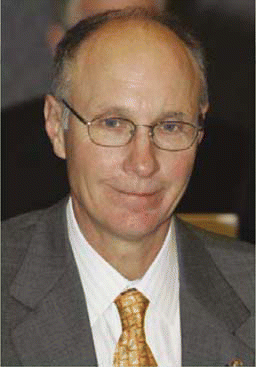According to the ASAPS, liposuction was the most popular surgical procedure for men in 2005 with 52,543 undergoing this procedure. Second was rhinoplasty in 45,945 men, followed by eyelid surgery in 33,369 men, male breast reduction in 17,730 men, and facelift in 13,041 men. For nonsurgical procedures, 304,124 men had Botox, 232,340 had laser hair removal, 84,423 had microdermabrasion, 44,994 had hyaluronic acid, and 43,083 had laser skin resurfacing.
Explore This Issue
July 2006What Does the Future Hold?
According to leading plastic surgeons in the United States, a continual increase in the number of ethnic minorities who undergo cosmetic procedures can be expected in 2006. Similarly, it is expected that men will be a growing segment of the population undergoing these procedures.
“Many of these patients have strong ethnic pride, and unlike prior generations, are not as eager to lose that reflection of their heritage. Rather, they are seeking to refine the ethnic look within their own cultural norms.” – —Bruce L. Cunningham, MD, MS
As to the specific types of procedures predicted for 2006, Dr. Jewell predicts that “minimally invasive surgery and treatments will continue to increase.” For Dr. Cunningham, learning to use permanent and semi-permanent fillers will be the next big trend, along with the “huge new wave of skin treatments.”
©2006 The Triological Society

Leave a Reply